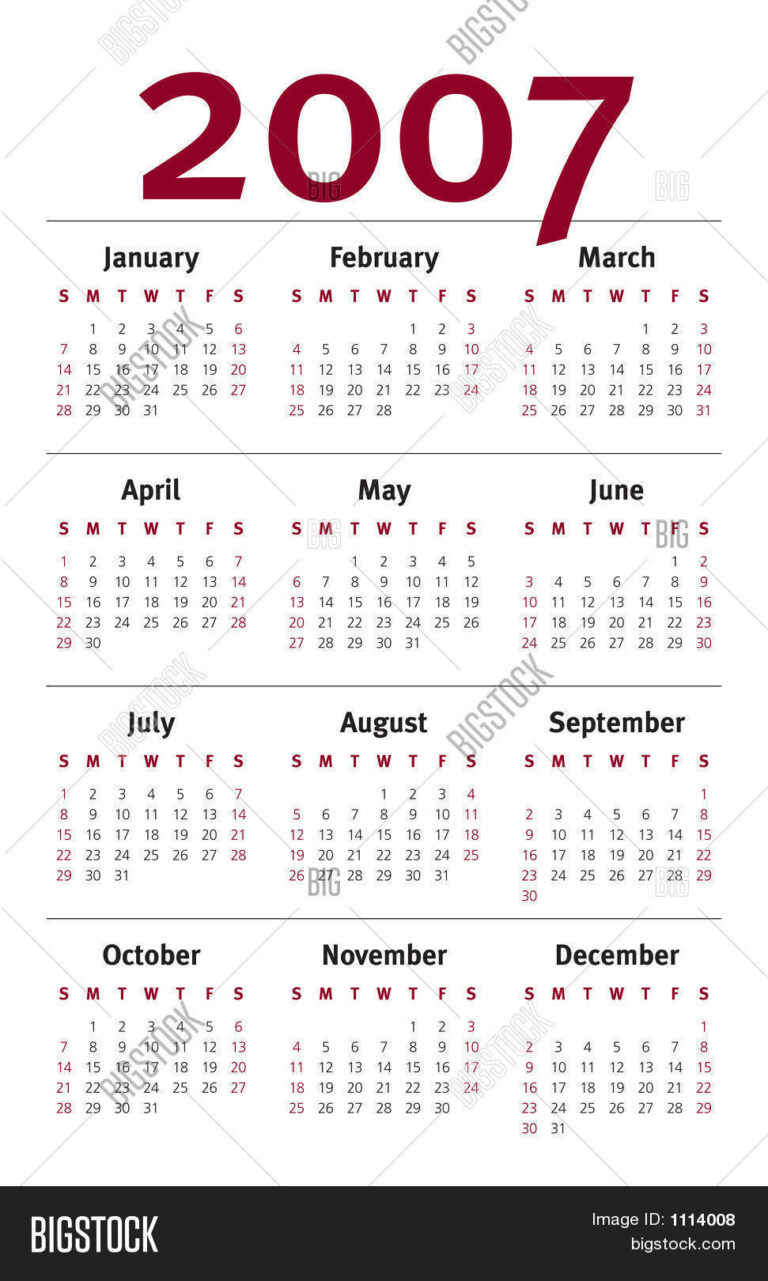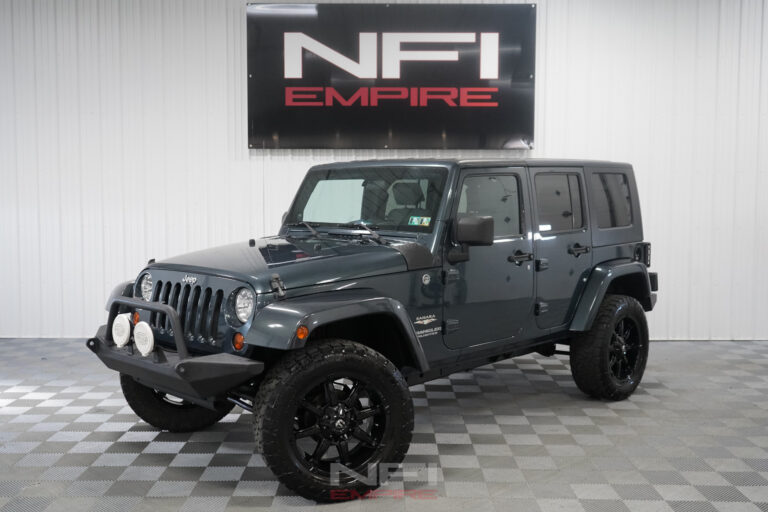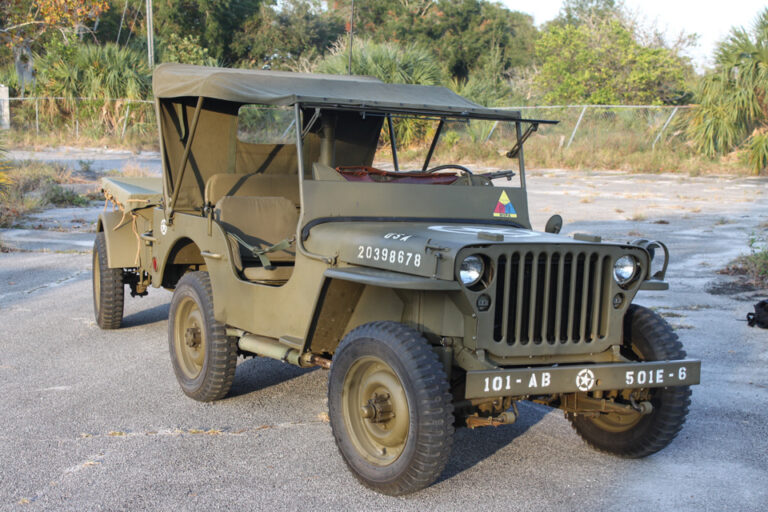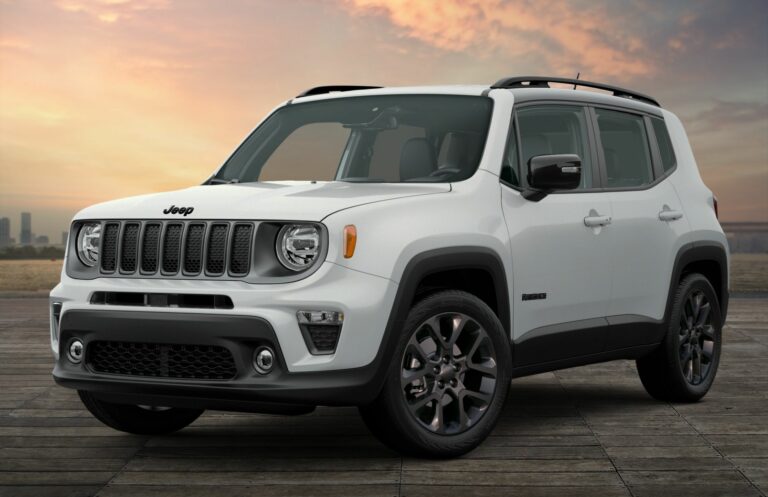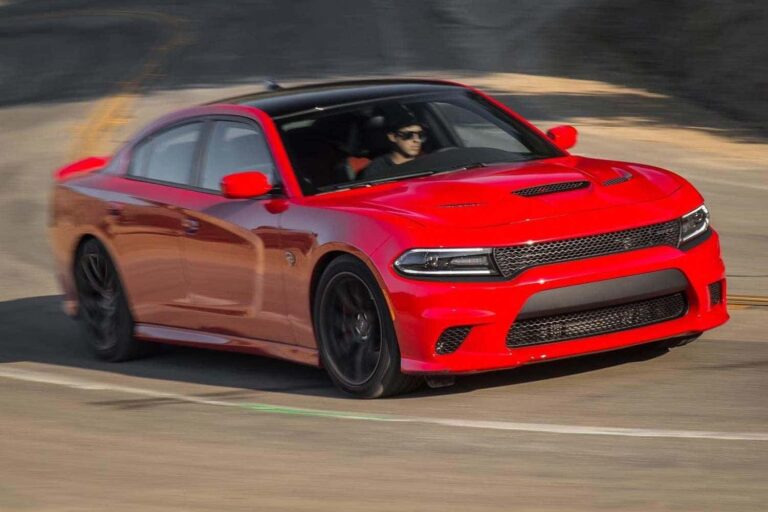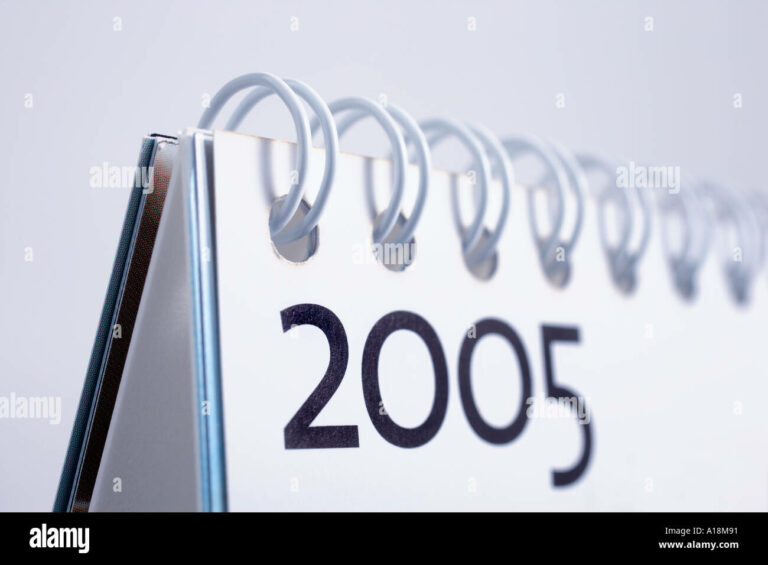2000 Jeep Grand Cherokee Rims For Sale: Your Ultimate Buying Guide
2000 Jeep Grand Cherokee Rims For Sale: Your Ultimate Buying Guide jeeps.truckstrend.com
The 2000 Jeep Grand Cherokee, part of the beloved WJ generation, holds a special place in the hearts of many automotive enthusiasts. Renowned for its robust capability, comfortable ride, and timeless design, it remains a popular choice for daily driving, family adventures, and off-road escapades. A crucial, yet often overlooked, component that significantly impacts both the performance and aesthetics of this iconic SUV are its rims. Whether you’re looking to replace a damaged wheel, upgrade your vehicle’s appearance, or enhance its off-road prowess, the market for 2000 Jeep Grand Cherokee rims for sale offers a wide array of options. Understanding what to look for, where to buy, and key considerations is essential to making an informed decision that will serve your WJ well for years to come.
This comprehensive guide will navigate the intricacies of purchasing rims for your 2000 Grand Cherokee, providing you with all the necessary information to confidently find the perfect set.
2000 Jeep Grand Cherokee Rims For Sale: Your Ultimate Buying Guide
Understanding Your 2000 Jeep Grand Cherokee Rims: OEM Specifications
Before diving into the buying process, it’s paramount to understand the original equipment manufacturer (OEM) specifications for your 2000 Grand Cherokee. These details dictate what rims will fit properly and safely on your vehicle. The WJ generation Grand Cherokee (1999-2004) has a very specific set of requirements:
- Bolt Pattern (PCD): 5×5 (5x127mm)
This is the most critical specification. It means there are 5 lug holes, and they are arranged in a circle with a diameter of 5 inches (or 127 millimeters). Any rim you consider must have this exact bolt pattern. - Center Bore: 71.5mm
This is the diameter of the hole in the center of the rim that fits over the vehicle’s hub. While rims with a larger center bore can sometimes be used with hub-centric rings, it’s ideal to match the exact center bore for a perfect fit and to prevent vibrations.
- Offset:

OEM offset for the 2000 Grand Cherokee typically ranges from +35mm to +50mm. Offset refers to the distance from the mounting surface of the wheel to the centerline of the wheel.- Positive offset: The mounting surface is towards the front of the wheel, pulling the wheel further into the fender well.
- Negative offset: The mounting surface is towards the rear of the wheel, pushing the wheel further out from the fender well.
- Zero offset: The mounting surface is exactly at the centerline of the wheel.

Changing the offset significantly can affect steering geometry, tire clearance, and the overall stance of the vehicle.
- Rim Diameter:
Stock rims for the 2000 WJ Grand Cherokee typically came in 16-inch, 17-inch, and 18-inch diameters, depending on the trim level (e.g., Laredo, Limited, Overland).
- Rim Width:

Common stock widths were 7 inches, 7.5 inches, or 8 inches. The rim width needs to be compatible with your chosen tire size. - Material:
Most OEM rims were made from aluminum alloy, offering a good balance of strength and weight.
Knowing these specifications is your first line of defense against purchasing incompatible rims. Always double-check these numbers, whether you’re buying new or used.
Why Are You Looking for Rims? Common Scenarios
The reason behind your search for 2000 Jeep Grand Cherokee rims will influence your buying decisions.
- Replacement of Damaged Rims: Accidents, potholes, or off-road mishaps can bend, crack, or severely scratch your existing rims. In such cases, your priority is finding a direct replacement, often an OEM-style wheel, to restore your vehicle’s original integrity and appearance.
- Upgrade/Customization: Many owners seek to personalize their Grand Cherokee. This might involve moving to a larger diameter rim for a more modern look, choosing a different finish (e.g., black, polished, chrome), or selecting an aftermarket design that stands out.
- Enhanced Off-Roading Capability: For off-road enthusiasts, stronger, more durable rims are often desired. This might mean opting for steel wheels, or alloy wheels with a specific design (e.g., beadlock-capable) and an offset that provides a wider, more stable stance for challenging terrain.
- Winter/Summer Tire Sets: Having a dedicated set of rims for winter tires (often smaller diameter to accommodate taller sidewalls) and another for summer or all-season tires is a practical solution for those living in varied climates. This extends the life of both sets of tires and simplifies seasonal changes.
- Selling Your Old Rims: If you’re upgrading, you might be looking to sell your current rims to offset the cost of the new ones. Understanding their value and how to present them for sale is also relevant.
Types of Rims Available for the 2000 WJ Grand Cherokee
The market offers a diverse range of rim types suitable for your 2000 Grand Cherokee:
- OEM Stock Rims: These are direct factory replacements. Common styles include the "Icon" (5-spoke), "Grizzly" (7-spoke), "Laredo" (basic 5-spoke), "Sport" (similar to Laredo but sometimes different finish), and the "Overland" (multi-spoke, often 17-18 inch). They ensure perfect fitment and maintain the vehicle’s original aesthetic.
- Aftermarket Alloy Rims: These are the most popular choice for upgrades. They come in countless designs, finishes (machined, painted, chrome, polished), and sizes. Aftermarket alloy rims are generally lighter than steel, contributing to better fuel economy and handling, and are ideal for aesthetic customization. Reputable brands include Method Race Wheels, Fuel Off-Road, Black Rhino, and American Racing, among others.
- Aftermarket Steel Rims: Often favored by serious off-roaders due to their durability and lower cost. Steel rims are heavier but more resistant to bending and easier to repair if damaged. They typically come in simpler designs and finishes (black, silver). Their robustness makes them excellent for trail abuse.
Where to Find 2000 Jeep Grand Cherokee Rims For Sale
The search for the perfect rims can lead you to various sources:
- Online Marketplaces:
- eBay: A vast selection of new, used, OEM, and aftermarket rims from sellers worldwide. Be sure to check seller ratings and return policies.
- Facebook Marketplace/Craigslist: Excellent for local deals, often from private sellers. This allows for in-person inspection, which is highly recommended for used rims.
- Dedicated Automotive Parts Websites: Sites like Summit Racing, Quadratec, Tire Rack, ExtremeTerrain, and 4 Wheel Parts specialize in automotive and off-road parts. They offer new rims, fitment guarantees, and expert advice.
- Local Sources:
- Junkyards/Salvage Yards: A treasure trove for used OEM rims at potentially very low prices. Condition can vary widely, so thorough inspection is crucial.
- Tire Shops/Wheel & Tire Retailers: Many local shops stock new aftermarket rims and sometimes have used OEM take-offs. They can also offer installation and balancing services.
- Off-Road Specialty Stores: If you’re looking for heavy-duty or specific off-road rims, these stores often have a good selection and knowledgeable staff.
- Jeep Forums & Enthusiast Groups: Online forums and local Jeep clubs often have classified sections where members sell parts. This can be a great way to find well-maintained used rims from fellow enthusiasts.
Key Considerations Before Buying
Making an informed purchase requires careful consideration of several factors:
- Condition (New vs. Used):
- New: Pristine condition, warranty, but higher price.
- Used: Significantly cheaper, but potential for scratches, curb rash, bends, or cracks. For used rims, always ask for detailed photos from multiple angles. If possible, inspect them in person. Check for signs of repair or structural damage.
- Authenticity: Ensure aftermarket rims are from reputable manufacturers. Cheap, no-name brands might compromise safety and durability.
- Compatibility: Re-verify the bolt pattern (5×5/5x127mm), center bore (71.5mm), and ensure the offset is appropriate for your vehicle’s setup and desired stance. Consult a professional if you’re unsure about offset changes.
- Price vs. Value: Balance your budget with the quality and condition of the rims. A "too good to be true" price often indicates hidden issues.
- Shipping Costs: Rims are heavy and bulky. Shipping costs can be substantial, especially for a full set. Factor this into your total budget.
- Return Policy: Understand the seller’s return policy, particularly for online purchases.
- Tire Compatibility: If you’re keeping your existing tires, ensure they are compatible with the width and diameter of the new rims. If not, budget for new tires as well.
Installation and Maintenance Tips
Once you’ve acquired your new rims, proper installation and ongoing maintenance are key to their longevity and your safety.
- Professional Installation: While possible for a DIYer, professional mounting and balancing are highly recommended. This ensures the tires are seated correctly, the rims are balanced to prevent vibrations, and lug nuts are torqued to factory specifications (typically 95-110 ft-lbs for the WJ).
- Regular Cleaning: Clean your rims regularly to remove brake dust, dirt, and road salt, which can cause corrosion, especially on polished or chrome finishes. Use appropriate wheel cleaners.
- Tire Rotation: Follow your vehicle’s recommended tire rotation schedule. This helps distribute wear evenly across both tires and rims.
- Periodic Inspection: Routinely check your rims for any signs of damage like bends, cracks, or severe curb rash. Address any issues promptly to prevent further damage or safety hazards.
Estimated Price Guide for 2000 Jeep Grand Cherokee Rims
Prices for 2000 Jeep Grand Cherokee rims can vary significantly based on condition, type, brand, and seller. This table provides estimated ranges to help you budget.
| Rim Type / Condition | Description | Estimated Price Range (USD) | Notes
Conclusion
Finding the right set of 2000 Jeep Grand Cherokee rims for sale can significantly enhance your vehicle’s performance, safety, and visual appeal. By understanding the essential OEM specifications, recognizing your specific needs, exploring various sources, and carefully considering all buying factors, you’ll be well-equipped to make a confident purchase. Remember that rims are not just aesthetic additions; they are integral to your vehicle’s handling and safety. Invest wisely, and your beloved WJ Grand Cherokee will continue to serve you faithfully, looking great on any road or trail you choose to conquer.
Frequently Asked Questions (FAQ)
Q1: What is the bolt pattern for a 2000 Jeep Grand Cherokee?
A1: The 2000 Jeep Grand Cherokee (WJ generation) uses a 5×5 (5x127mm) bolt pattern. This is a critical measurement that must match the rims you intend to purchase.
Q2: Can I put larger rims on my 2000 Grand Cherokee?
A2: Yes, many owners upgrade to larger rims (e.g., 20-inch or even larger). However, you must ensure the bolt pattern and center bore match. You also need to consider tire clearance, especially when turning or during suspension articulation. A lift kit may be necessary for significantly larger rim/tire combinations.
Q3: Are steel rims better than alloy rims for off-roading?
A3: For heavy-duty off-roading and rock crawling, steel rims are often preferred. They are heavier but more durable, less prone to cracking upon impact, and can often be hammered back into shape if bent. Alloy rims are lighter, offer more aesthetic variety, and dissipate heat better, but can crack under extreme stress.
Q4: How do I check if a used rim is bent or cracked?
A4: Visually inspect the rim for any flat spots, bulges, or hairline cracks, especially around the lug holes and the inner/outer barrel. For a more definitive check, you can mount a tire on it and have it spin on a balancing machine at a tire shop. Any wobble or difficulty balancing can indicate a bent rim.
Q5: What does "offset" mean and why is it important for my WJ?
A5: Offset is the distance from the wheel’s mounting surface to its centerline. It determines how far the wheel sits inward or outward relative to the fender. For your WJ, maintaining an appropriate offset (stock is typically +35mm to +50mm) is important for proper tire clearance, steering geometry, and preventing issues like rubbing or excessive wear on


